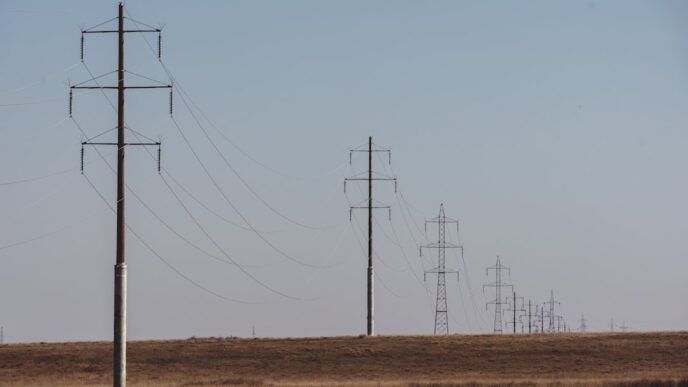The subscription economy has moved from a niche offering to a dominant force in consumer spending, reshaping how individuals allocate their financial resources. Companies like Netflix and Dollar Shave Club have paved the way, introducing a model that promotes continuous consumption over traditional one-time purchases. This shift in purchasing behavior raises questions about its broader implications for economic stability and growth.
Consider the latest data from the Subscription Trade Association, which indicates that the subscription economy has grown by over 300% in the last seven years. This growth is not merely a trend; it reflects a fundamental change in consumer preferences. People are increasingly drawn to the convenience and perceived value of subscriptions, whether for streaming services, meal kits, or curated product deliveries. The allure of low upfront costs and the promise of personalized experiences have enticed millions to sign up.
However, this model is not without its potential pitfalls. The nature of subscription services encourages a “set it and forget it” mentality, where consumers may lose track of their spending. Research from the financial technology firm Mint has shown that a significant percentage of subscribers are unaware of how much they are spending on these services, leading to what some have termed ‘subscription fatigue’. This phenomenon could result in consumers overextending their budgets, ultimately affecting their disposable income.
The economic ramifications of this trend cannot be overstated. As spending habits shift toward recurring payments, traditional retail and service sectors may find themselves increasingly challenged. For instance, the decline of brick-and-mortar stores is partly attributed to the convenience of subscription services that deliver products directly to consumers’ homes. Retailers who fail to adapt to this new paradigm risk obsolescence.
Moreover, the subscription model’s success is attracting attention from various sectors. Industries such as automotive and home goods are experimenting with subscription offerings. Companies like Volvo and IKEA are piloting programs that allow consumers to subscribe to cars and furniture, respectively. This diversification of subscription options signals a broader transformation in how people engage with products, reinforcing the model’s sustainability.
The implications for consumer credit are equally significant. With easy access to multiple subscriptions, there is a risk that consumers might inadvertently damage their credit scores due to missed payments. As individuals juggle various obligations, financial institutions may need to reassess how they evaluate creditworthiness, considering the potential impact of this new spending behavior.
While the benefits of subscription services include convenience and personalized experiences, the broader economic landscape is complicated. The shift toward recurring payments raises concerns about consumer debt, spending patterns, and the viability of traditional business models. As industries adapt, monitoring these changes becomes crucial for policymakers and economists alike.
The subscription economy exemplifies a dynamic shift in consumer behavior that warrants close examination. As traditional purchasing models face pressure, there will be a need for innovation and adaptation across sectors. The future economic landscape will likely be shaped not just by what people buy, but by how they choose to pay for it.













